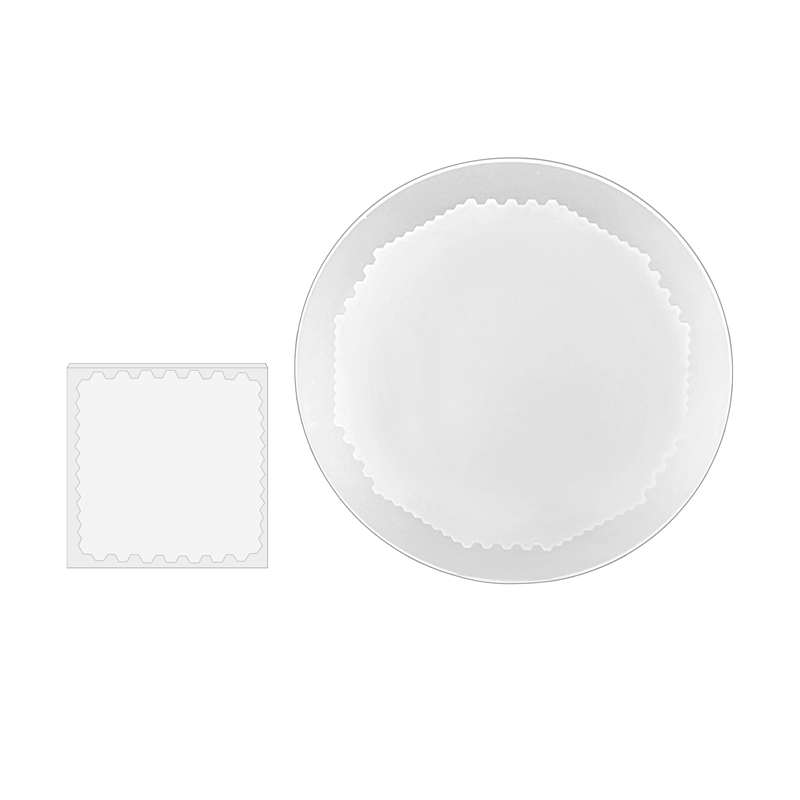Glass Capillary Array (GCA)
Glass Capillary Array (GCA)
Couldn't load pickup availability
Glass Capillary Array (CA) is a product that consists of millions of hollow fibers fused together to form a uniform and rigid structure. The tubes, or capillaries, have very small diameters and can be used for various purposes such as filtration, collimation, beam splitting, and multiplexed analysis. Glass Capillary Array can be made in different shapes, sizes, materials, and surface finishes depending on the application. They have high heat resistance, mechanical strength, optical quality, and chemical stability.
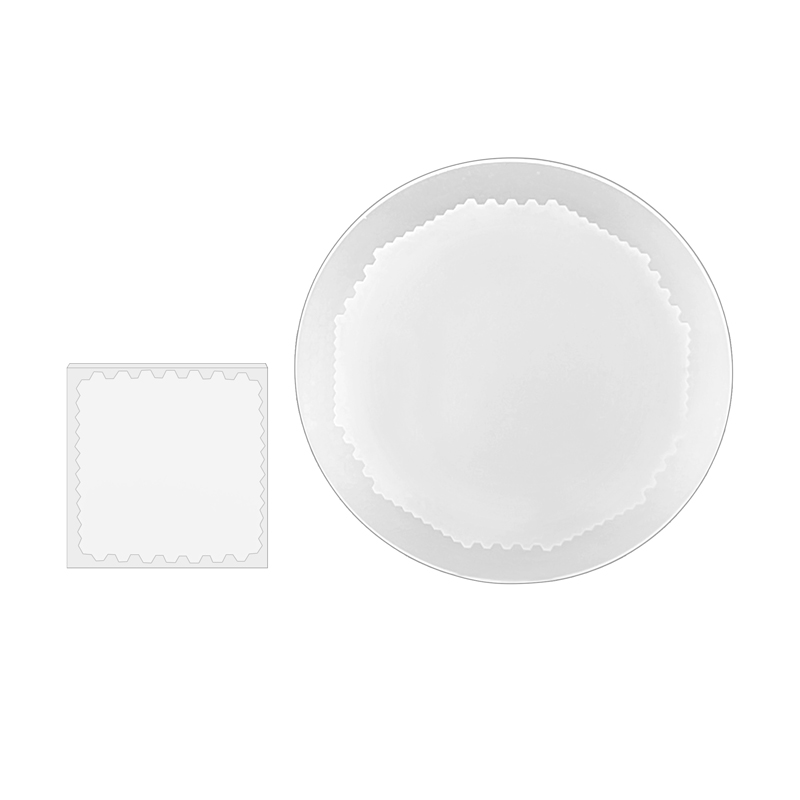
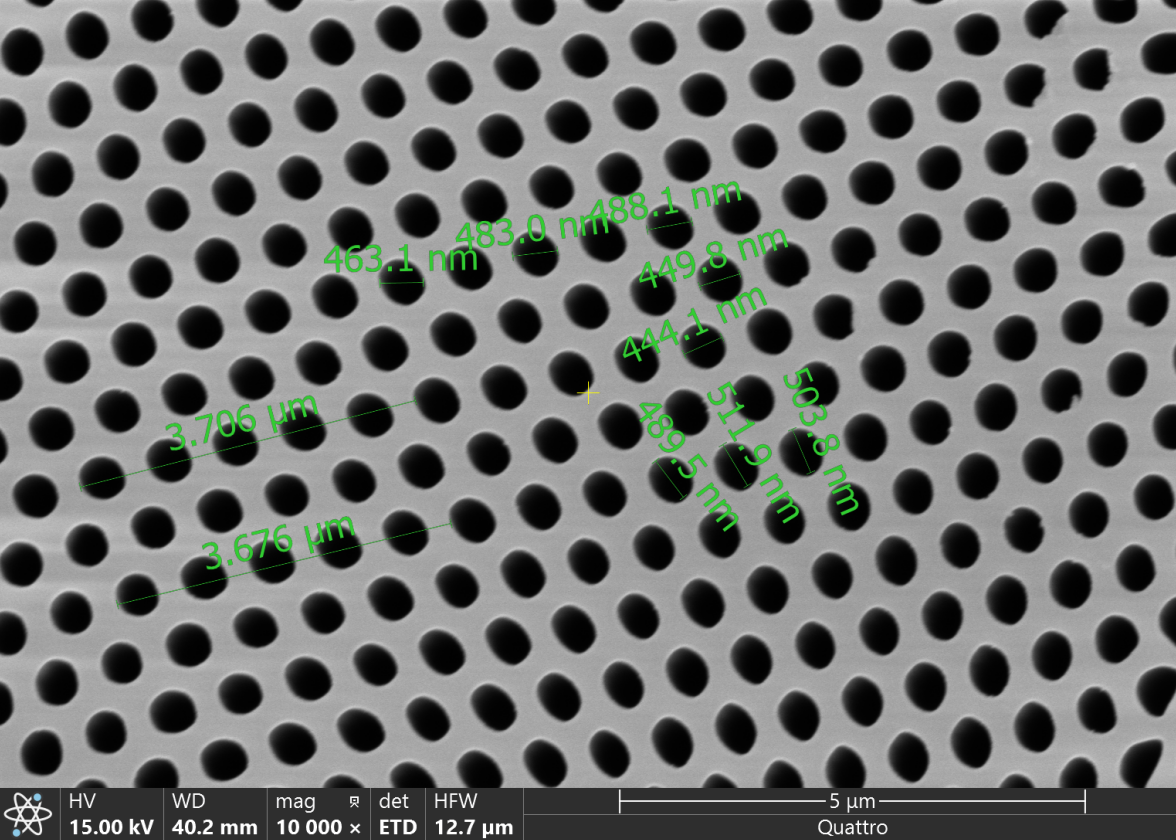
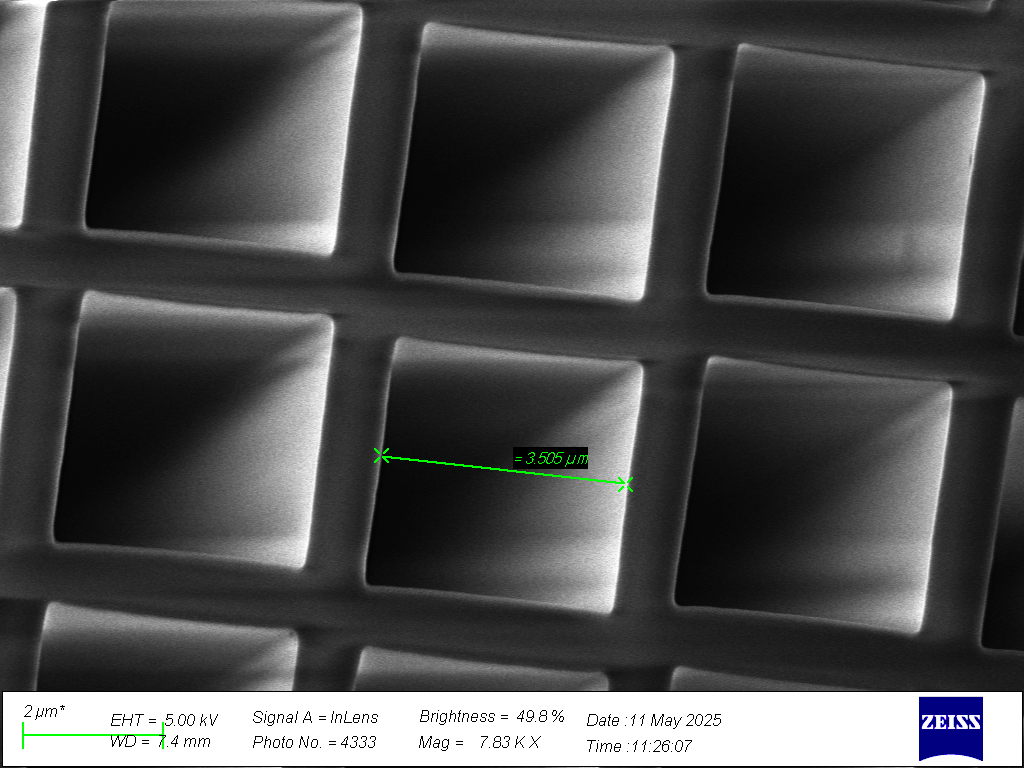
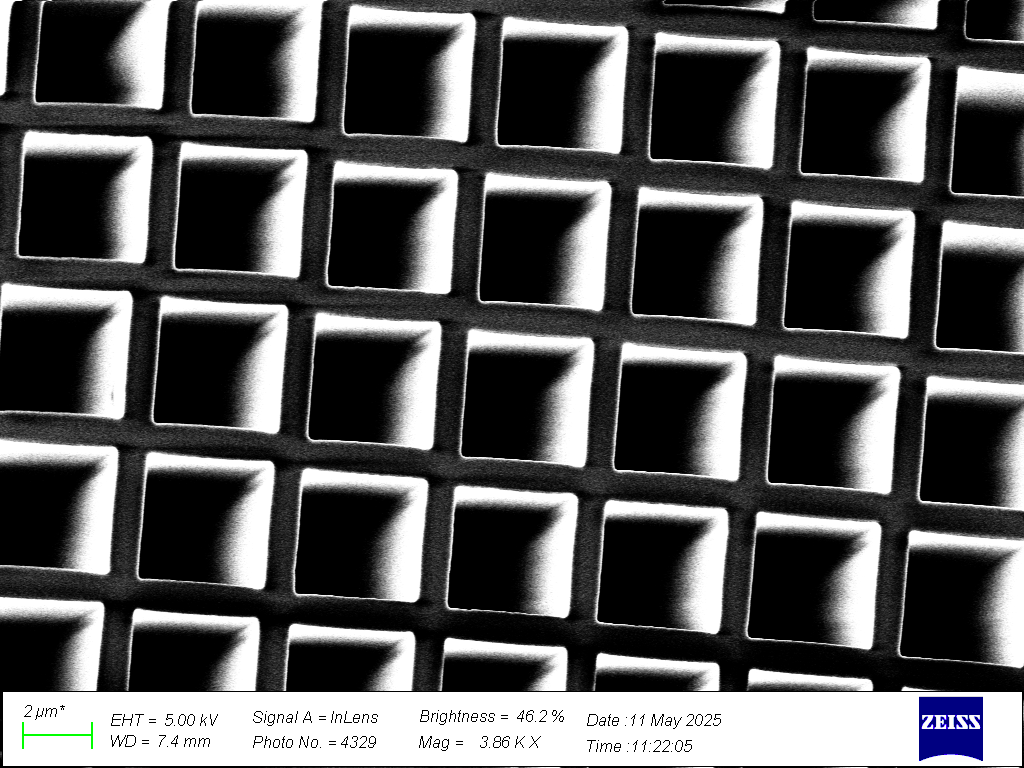
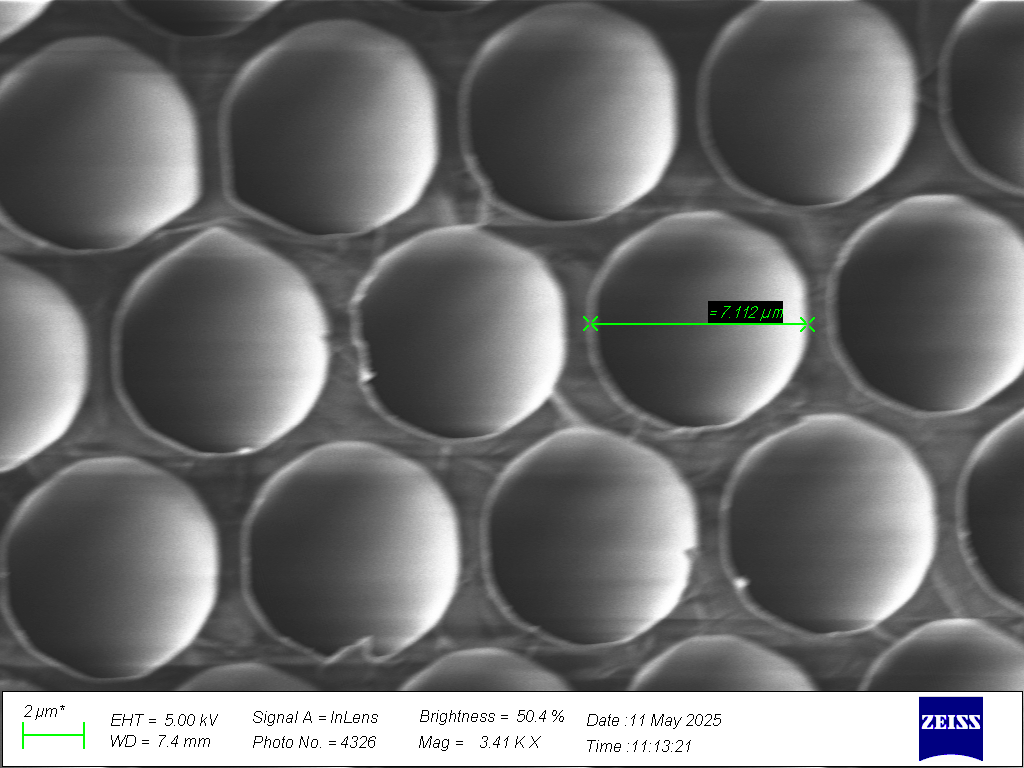









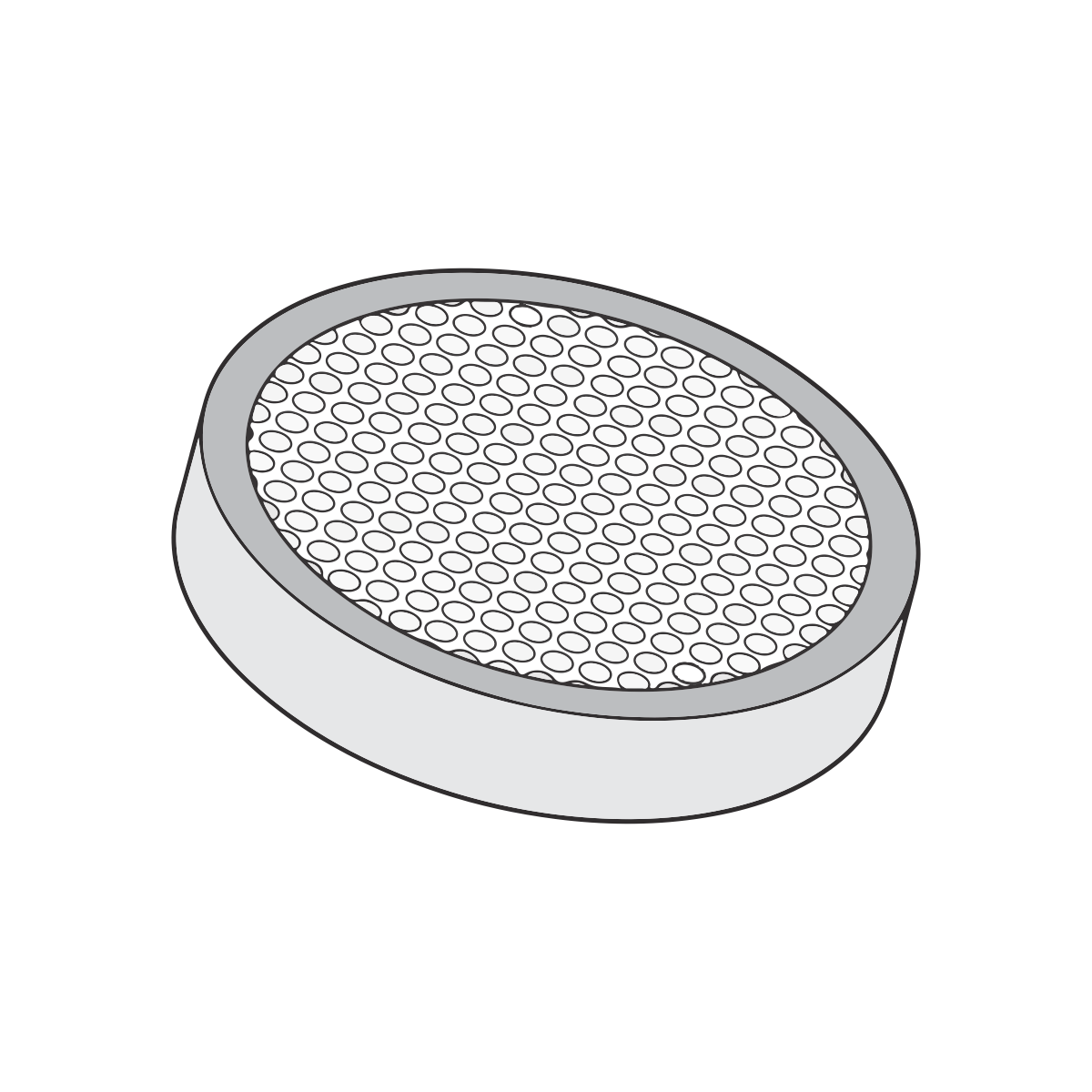
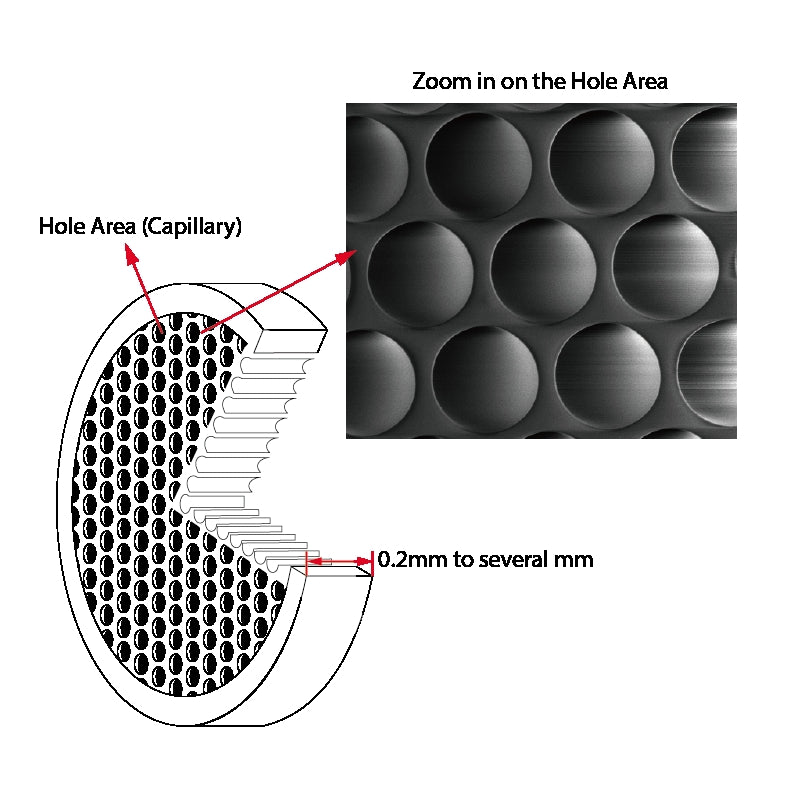
Glass Capillary Array Section View
Specification
-
Capillary Diameter
Hole diameter is the diameter of each Single Capillary (hole).
- Typical Value: 4um,6um,25um,100um
- Min Value: 1um
- Max Value: 200um
The hole diameter influences the sample volume, the electric field strength, and the heat dissipation.
-
Length to Diameter Ratio (L/D)
L/D ratio in capillary array is the ratio of the length to the diameter of the capillaries.
- Typical Value: 50 - 200
- Max Value: 600
A longer and thinner capillary may require more sophisticated fabrication techniques and materials, which can increase the production cost and complexity
-
Format Available
Single Capillary (Hole) Shape
- Circular
- Rectangle
Array Shape Available:
- Circular
- Rectangle
Array Dimension
- Typical: dia25mm - dia50mm
- Max: dia200mm
- Min: dia6mm
-
Open Area Ratio (OAR)
OAR ratio is the open area ratio of a capillary array, which is defined as the ratio of the cross-sectional area of the capillaries to the total area of the array.
- Typical Range: 50% - 65%
- High Range: 70% - 80%
-
Material & Fabrication
- Material: Borosilicate Glass
- Heat Resistance: up to 500°C
- Lead Free: Optional
(Hole shape and uniformity may vary depends on materials) - Surface Coating Available: Ni-CR, ITO
- Interal Coating(on wall): ITO, TiO2
A Zoom-In Look on the GCA
-

750x Magnificaiton
-

1500x Magnificaiton + Measurement
-

3000x Magnificaiton
-

3750x Magnificaiton

Using Glass Capillary As Filters
Using GCA as physical filter for particles from 500nm ~ 10um

